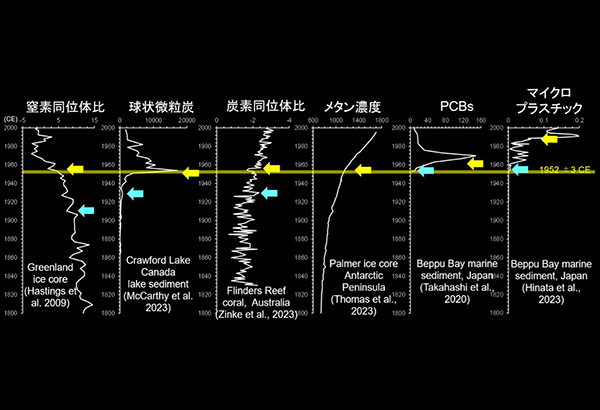2024-09-25 韓国基礎科学研究院(IBS)
<関連情報>
- https://ibs.re.kr/cop/bbs/BBSMSTR_000000000738/selectBoardArticle.do?nttId=25037&pageIndex=1&searchCnd=&searchWrd=
- https://www.nature.com/articles/s41467-024-51471-x
将来の永久凍土融解による北極・亜寒帯の森林火災の急激な増加 Abrupt increase in Arctic-Subarctic wildfires caused by future permafrost thaw
In-Won Kim,Axel Timmermann,Ji-Eun Kim,Keith B. Rodgers,Sun-Seon Lee,Hanna Lee &William R. Wieder
Nature Communications Published:24 September 2024
DOI:https://doi.org/10.1038/s41467-024-51471-x

Abstract
Unabated 21st-century climate change will accelerate Arctic-Subarctic permafrost thaw which can intensify microbial degradation of carbon-rich soils, methane emissions, and global warming. The impact of permafrost thaw on future Arctic-Subarctic wildfires and the associated release of greenhouse gases and aerosols is less well understood. Here we present a comprehensive analysis of the effect of future permafrost thaw on land surface processes in the Arctic-Subarctic region using the CESM2 large ensemble forced by the SSP3-7.0 greenhouse gas emission scenario. Analyzing 50 greenhouse warming simulations, which capture the coupling between permafrost, hydrology, and atmosphere, we find that projected rapid permafrost thaw leads to massive soil drying, surface warming, and reduction of relative humidity over the Arctic-Subarctic region. These combined processes lead to nonlinear late-21st-century regime shifts in the coupled soil-hydrology system and rapid intensification of wildfires in western Siberia and Canada.



